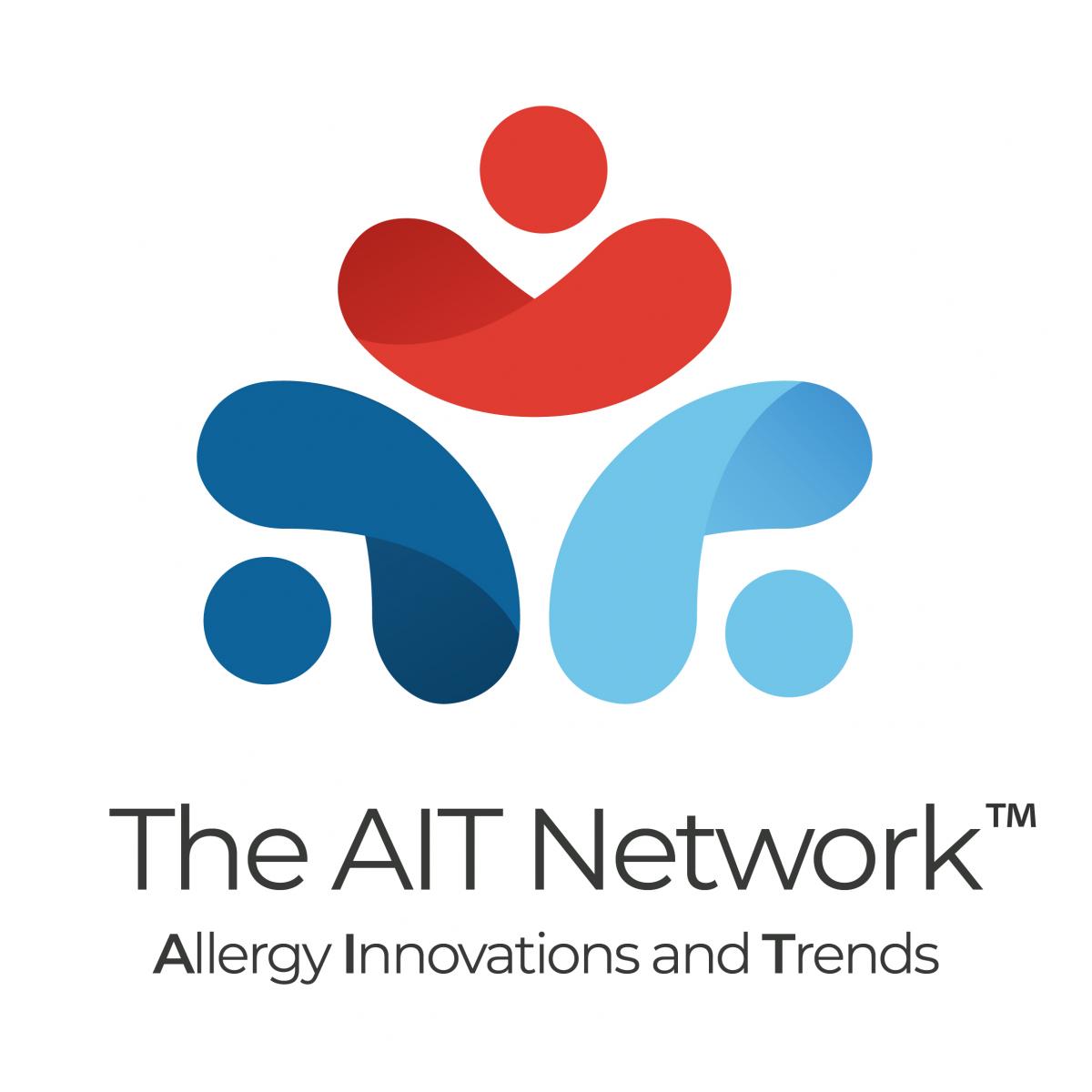About allergies
Approximately 30% of the world population is affected by one or more allergic conditions1, and it is expected that by 2050, several billion people will suffer from allergies2.
The increasing prevalence and intensity of allergies is a trend that has continued in the industrialised world for more than 60 years.
Allergy is a disorder of the immune system which reacts to a normally harmless foreign substance such as house dust mites, pollens, or certain foods. In people with allergies, the immune system produces antibodies that identify a particular allergen as harmful following contact, ingestion or even inhalation. The immune system’s reaction can cause inflammation of the skin, sinuses, respiratory airways, or digestive system.
Allergic reactions are a common, chronic, often debilitating and sometimes even fatal condition. The consequences on health vary from decreases in lung function, new onset of diseases, exacerbation of chronic respiratory diseases, and may lead to anaphylaxis.


